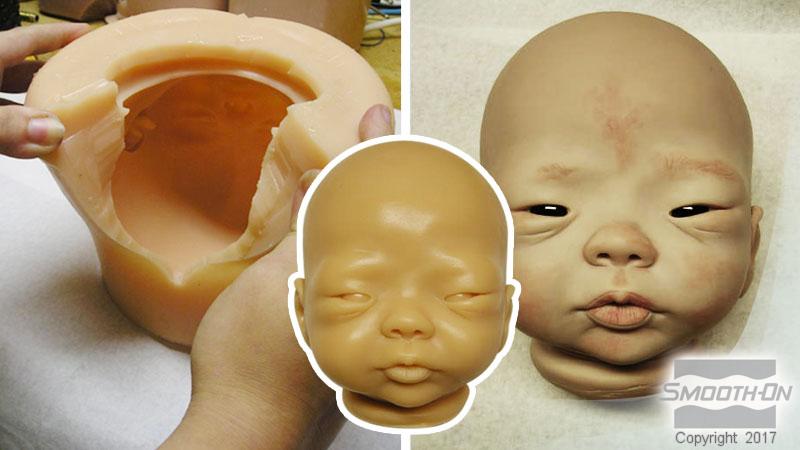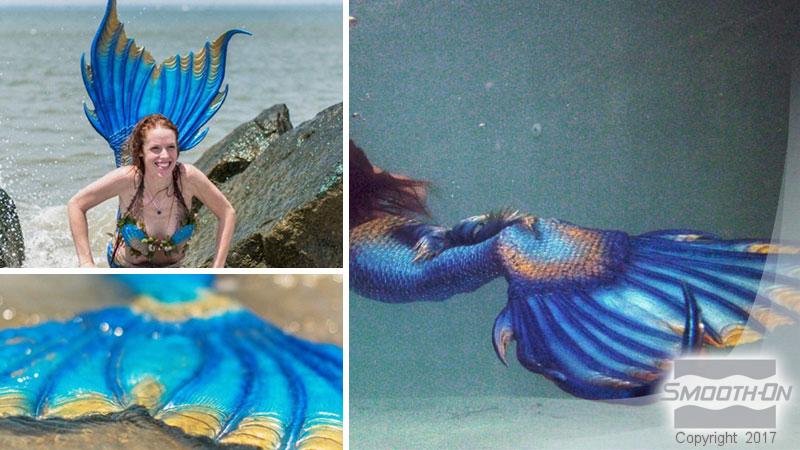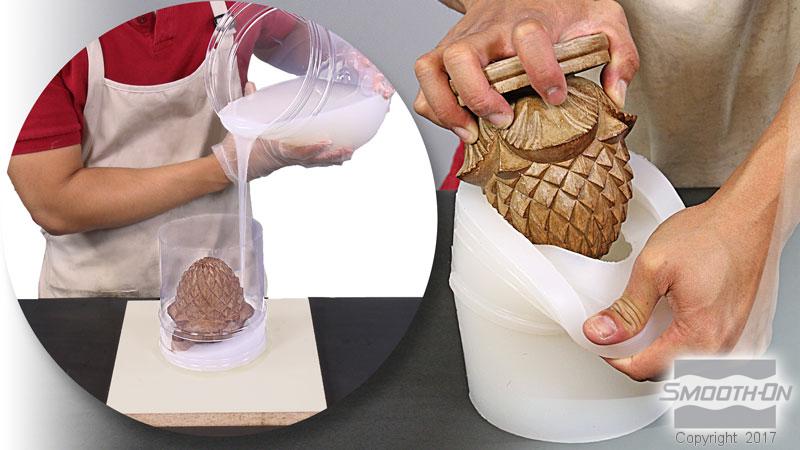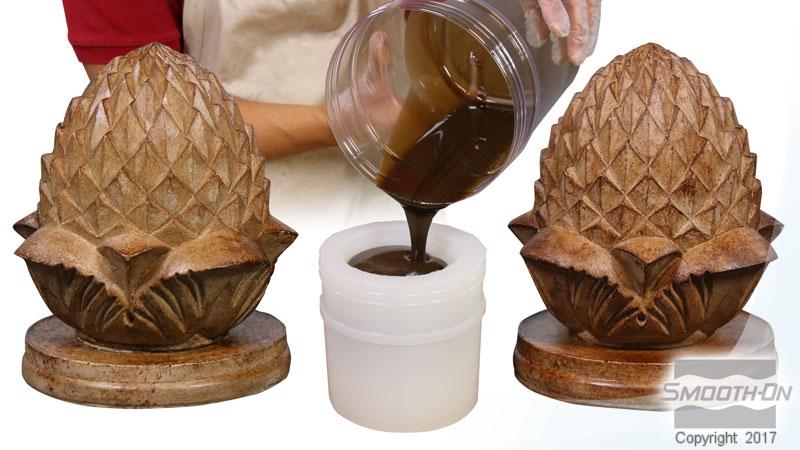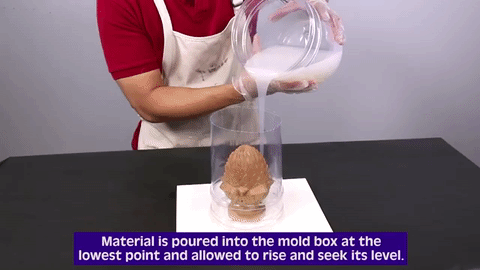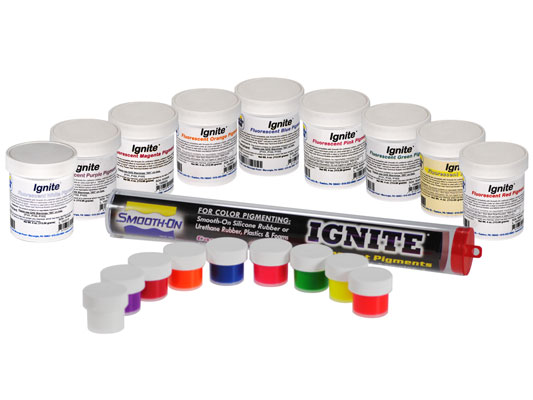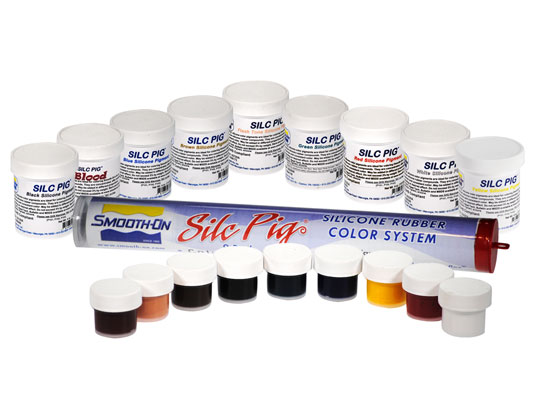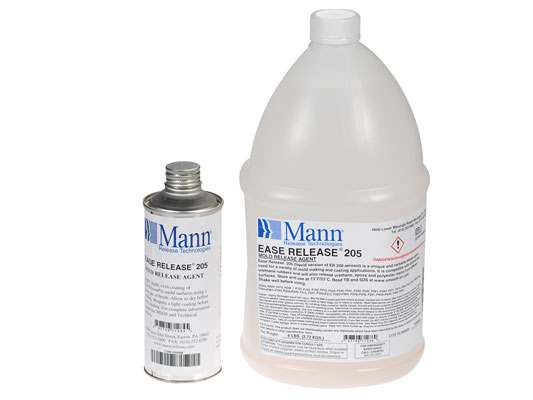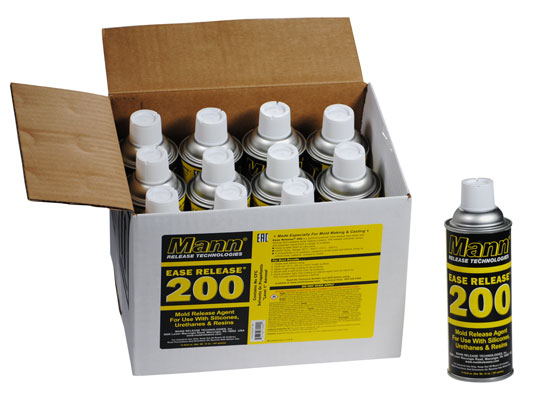Dragon Skin® 10 NV
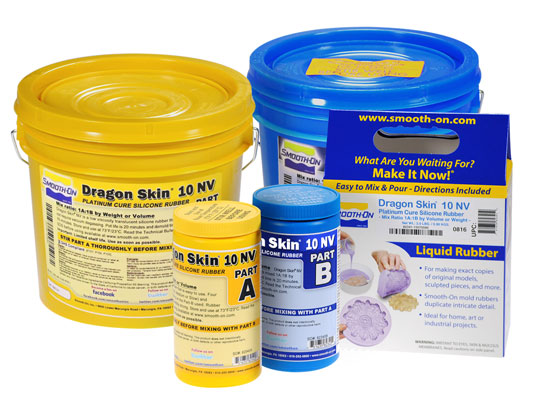
特征
DragonSkin®10 NV适用于制作浇注灰泥、蜡、低熔点金属合金、树脂和其他铂金固化硅树脂(需要脱模剂)的任何结构模具。
DragonSkin®10 NV与其他DragonSkin®硅胶兼容,也适用于特殊效果应用。可以使用Silc Pig®或Ignite®颜料添加颜色。硅胶可以用Thi-Vex®增稠剂增稠或用SLACKER®触变剂软化
说明
Cure Inhibition - Addition-cure silicone rubber may be inhibited by certain contaminants in or on the pattern to be molded resulting in tackiness at the pattern interface or a total lack of cure throughout the mold. Latex, sulfur clays, certain wood surfaces, newly cast polyester, epoxy, tin cure silicone rubber or urethane rubber my cause inhibition. If compatibility between the rubber and the surface is a concern, a small-scale test is recommended. Apply a small amount of rubber onto a non-critical area of the pattern. Inhibition has occurred if the rubber is gummy or uncured after the recommended cure time has passed. To prevent inhibition, one or more coatings of a clear acrylic lacquer applied to the model surface is usually effective. Allow any sealer to thoroughly dry before applying rubber.
Note: Even with a sealer, platinum silicones will not work with modeling clays containing heavy amounts of sulfur. Do a small scale test for compatibility before using on your project.
Applying A Release Agent - Although not usually necessary, a release agent will make demolding easier when casting into or over most surfaces. Ease Release™ 200 is a proven release agent for making molds with silicone rubber. Mann Ease Release™ products are available from Smooth-On or your Smooth-On distributor.
IMPORTANT: To ensure thorough coverage, lightly brush the release agent with a soft brush over all surfaces of the model. Follow with a light mist coating and let the release agent dry for 30 minutes.
If there is any question about the effectiveness of a sealer/release agent combination, a small-scale test should be made on an identical surface for trial.
Mixing - Materials should be stored and used in a warm environment (73° F / 23° C). This product has a limited shelf life and should be used as soon as possible. Wear safety glasses, long sleeves and rubber gloves to minimize contamination risk.
Before you begin, pre-mix Part B (base) thoroughly. After dispensing required amounts of Parts A and B into mixing container (1A:1B by volume or weight), mix thoroughly for 3 minutes making sure that you scrape the sides and bottom of the mixing container several times.
Adding Color - You can color the rubber using Silc Pig™ or Ignite™ color pigments available from Smooth-On. Mix color thoroughly before vacuum degassing.
Pouring - For best results, pour your mixture in a single spot at the lowest point of the containment field. Let the rubber seek its level up and over the model. A uniform flow will help minimize entrapped air. The liquid rubber should level off at least 1/2” (1.3 cm) over the highest point of the model surface.
Curing - Allow rubber to cure for 75 minutes at room temperature (73°F / 23°C) before demolding. Time to demold can be reduced with mild heat. Full physical properties are attained after 24 hours cure at room temperature. Do not cure rubber where temperature is less than 65°F / 18°C. Allow mold to cool to room temperature before using.
Post Curing - Post curing the mold will aid in quickly attaining maximum physical and performance properties. After curing at room temperature, expose the rubber to 80°C for 2 hours and 100°C for one hour. Allow mold to cool to room temperature before using.
Using The Mold - When first cast, silicone rubber molds exhibit natural release characteristics. Depending on what is being cast into the mold, mold lubricity may be depleted over time and parts will begin to stick. No release agent is necessary when casting wax or gypsum. Applying a release agent such as Ease Release™ 200 (available from Smooth-On) prior to casting polyurethane, polyester and epoxy resins is recommended to prevent mold degradation.
Thickening With Thi-Vex™ Thickening Agent - A very small amount of Thi-Vex™ will thicken the rubber, making it brushable for vertical surface application.
